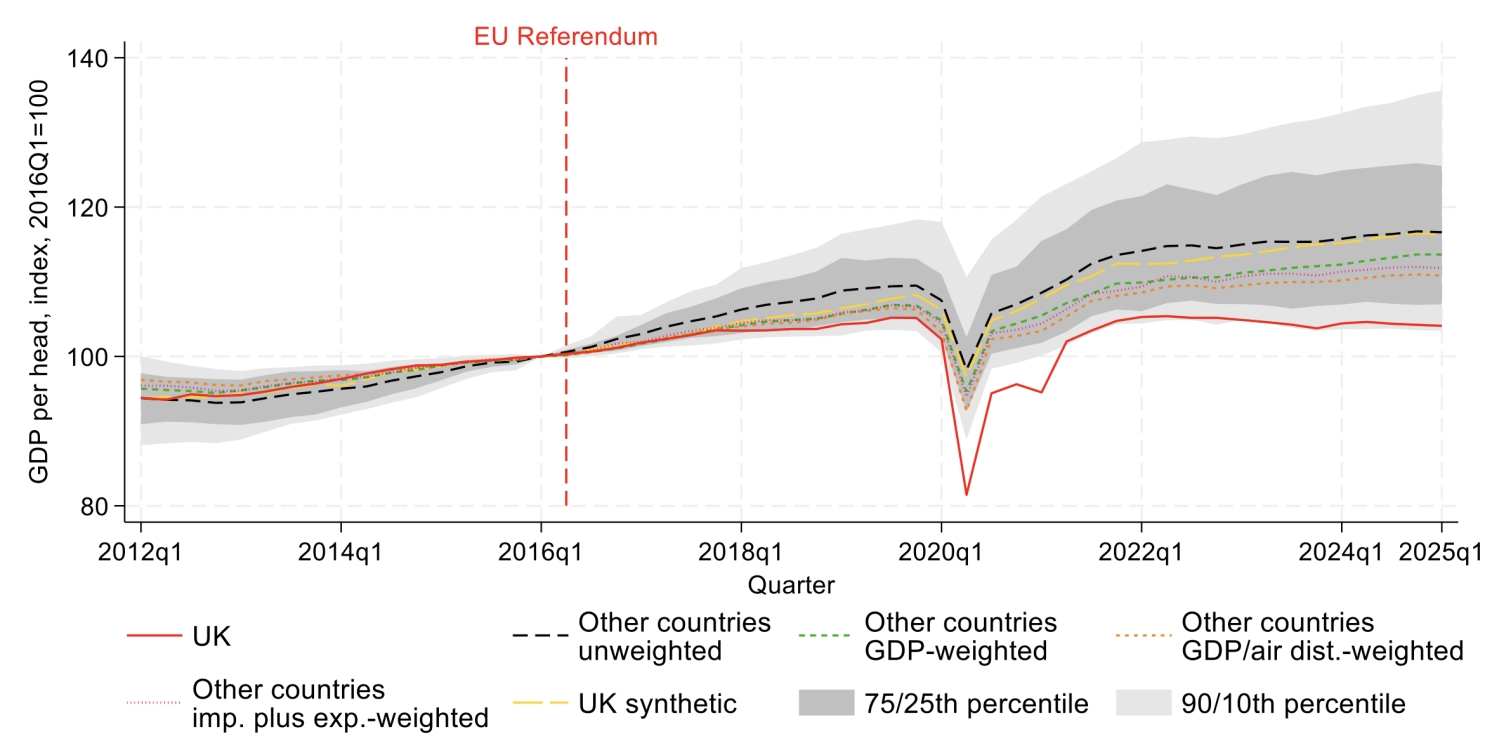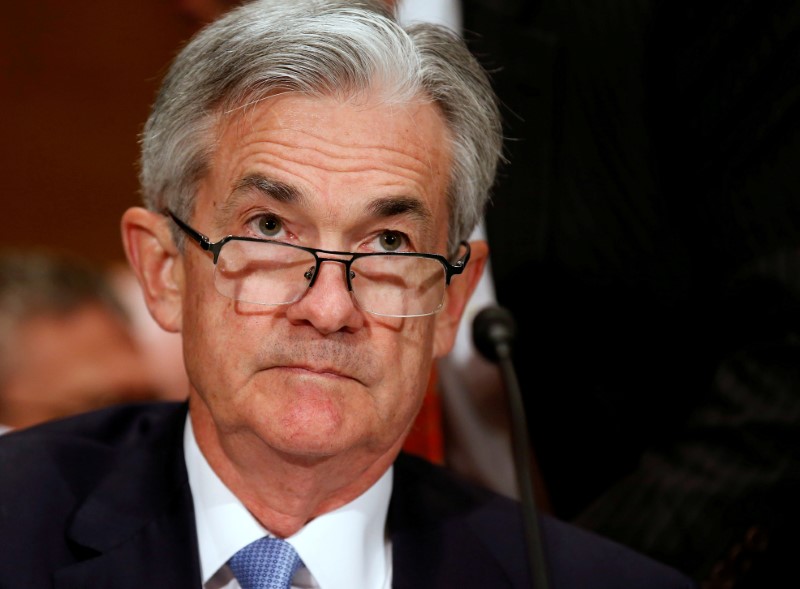© Reuters.
Investing.com — Smaller-than-expected Chinese rate cuts versus higher-than-expected European rate hikes, as well as the possibility of the Fed returning with a rate increase in July, combined to roil oil prices at the start of a new week.
New York-traded crude settled down $1.28, or 1.8%, at $70.50 per barrel. The U.S. crude benchmark has had a volatile month, finishing last week up 2.3% after a net 3.5% tumble over two prior weeks.
London-traded had a far modest decline, settling down just 19 cents, or 0.3%, at $75.90. The global crude benchmark finished last week up 2.4%, after a net slump of nearly 2% over two previous weeks.
Oil locked and loaded on China
“Oil seems locked in on anything and everything that has to do with China,” said Ed Moya, analyst at online trading platform OANDA.
“Last week, oil was supported by improving Chinese refiner quotas. This week, energy traders are seeing oil weakness emerge on disappointing stimulus efforts.”
Concerns are mounting over China’s growth after the latest cut in its benchmark loan prime rate, or LPR, that came after a slew of major investment banks, most recently Goldman Sachs (NYSE:), slashed their outlook for Beijing’s gross domestic product this year.
China’s LPR cut on Tuesday was largely anticipated by markets, given that the country had trimmed short and medium-term lending rates last week, following several disappointing economic indicators for April and May.
While the country has been importing and refining oil at a near record pace, markets fear that steady inventory builds and weak fuel demand, especially as economic growth worsens, could largely stymie China’s appetite for crude imports later this year.
The world’s largest oil importer is struggling to shore up economic growth amid a downturn in its manufacturing and property sectors, which are China’s biggest economic drivers. The two sectors have failed to recover despite the lifting of anti-COVID restrictions earlier this year.
ECB maintains rate hikes
The European Central Bank on Thursday announced a new of 25 basis points, taking its main rate to 3.5%.
The bank has raised rates since July 2022 in an attempt to bring down record-high inflation across the region. The latest inflation reading showed prices cooling down at a faster-than-expected pace, with headline inflation coming in at 6.1% in May.
Despite the recent slowing in inflation, the ECB actually raised its headline and core expectations for this and next year. It now expects headline inflation at 5.4% this year, at 3% in 2024 and at 2.2% in 2025.
“WTI crude looks like it is starting to find some decent support at the $68 region and that should hold, as long [as] the Fed does spook markets that they might be ready to deliver more than two additional rate hikes,” said OANDA’s Moya.
Federal Reserve Chair Jerome Powell is due to address Congress on Wednesday, offering more cues on rates and the economy.
The prospect of rising U.S. rates has weighed heavily on crude this year, as traders remain concerned that worsening economic conditions, amid tight monetary policy, could dent oil demand.
U.S. supply is expected to tighten in the near term, especially as fuel demand increases and as U.S. energy firms reduced the number of operational oil rigs for a seventh straight month.
But the prospect of a U.S. recession, buoyed by weak economic indicators from the country, largely offset any optimism over tighter supply.
Global crude supplies remain high despite recent production cuts from Saudi Arabia. Recent reports suggested that Iranian crude exports hit five-month highs in May, while Russian crude shipments to major Asian importers — India and China — remained robust through the month.






































